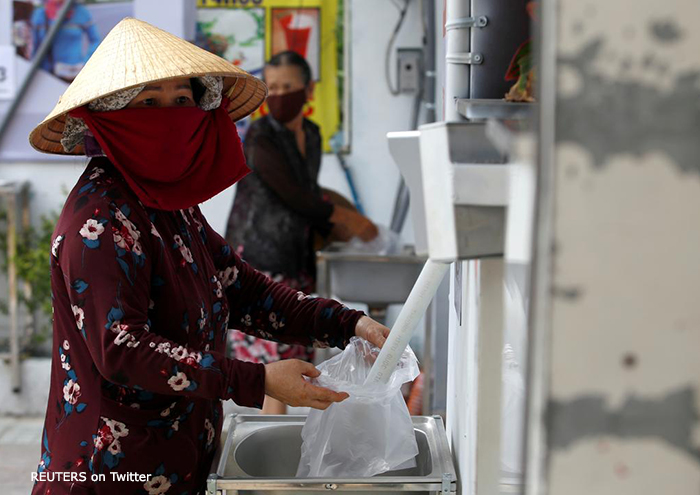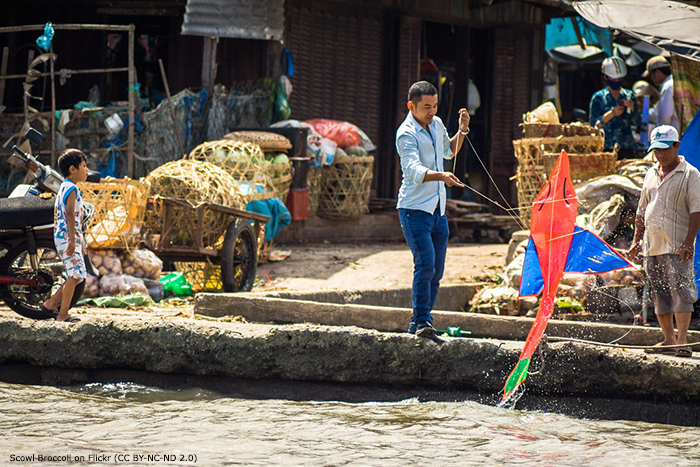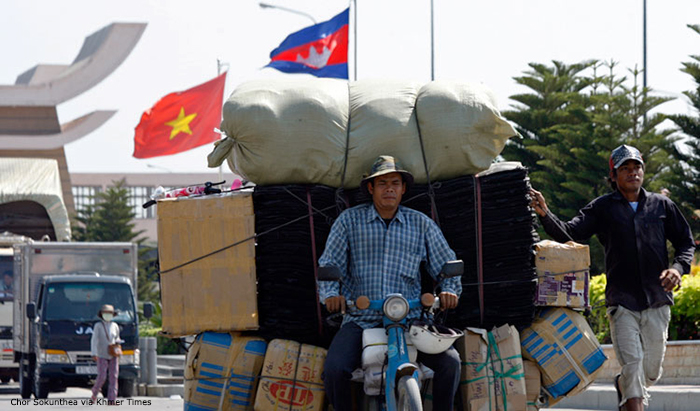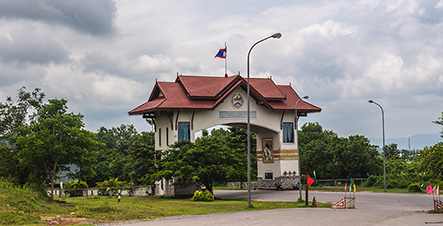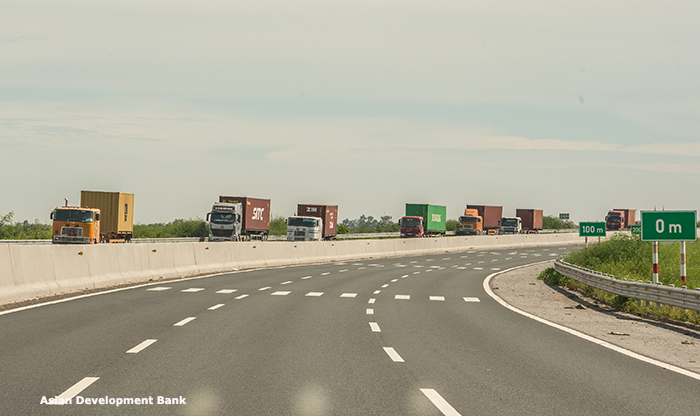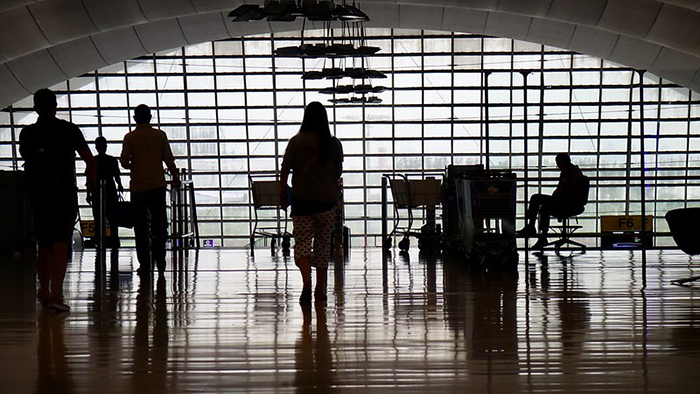
Photo: Rajesh_India/ Flickr (CC BY-NC-ND 2.0)
Travel Bubbles Proposed to Kickstart Tourism in the Region
‘Travel bubbles’ are being considered by Southeast Asian countries, including Myanmar and Thailand, as a means to safely resume travel activities. Members of the Mekong Tourism Advisory Group recommended creating travel bubbles to kickstart regional tourism in the absence of a coronavirus disease (COVID-19) vaccine in their meeting in May.

